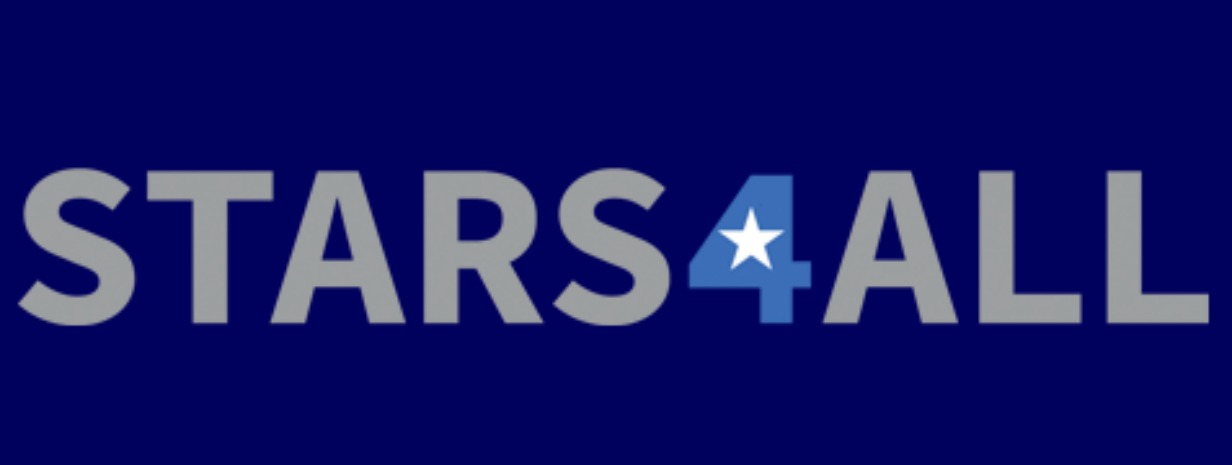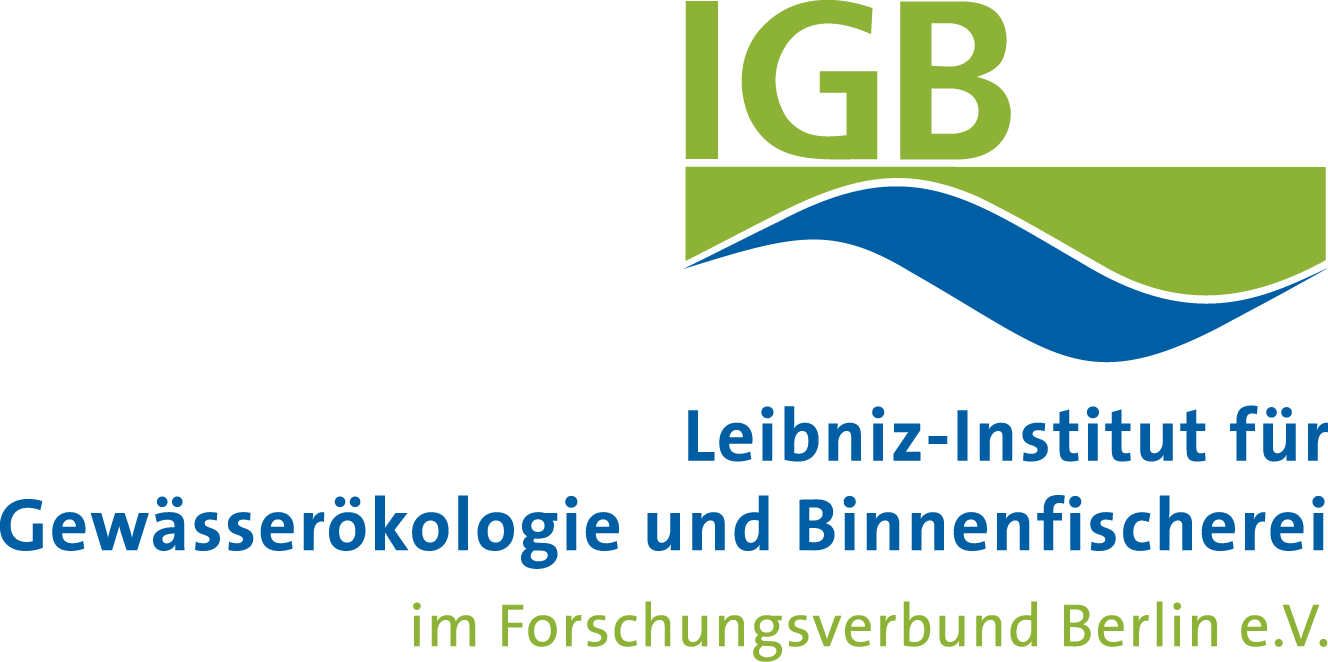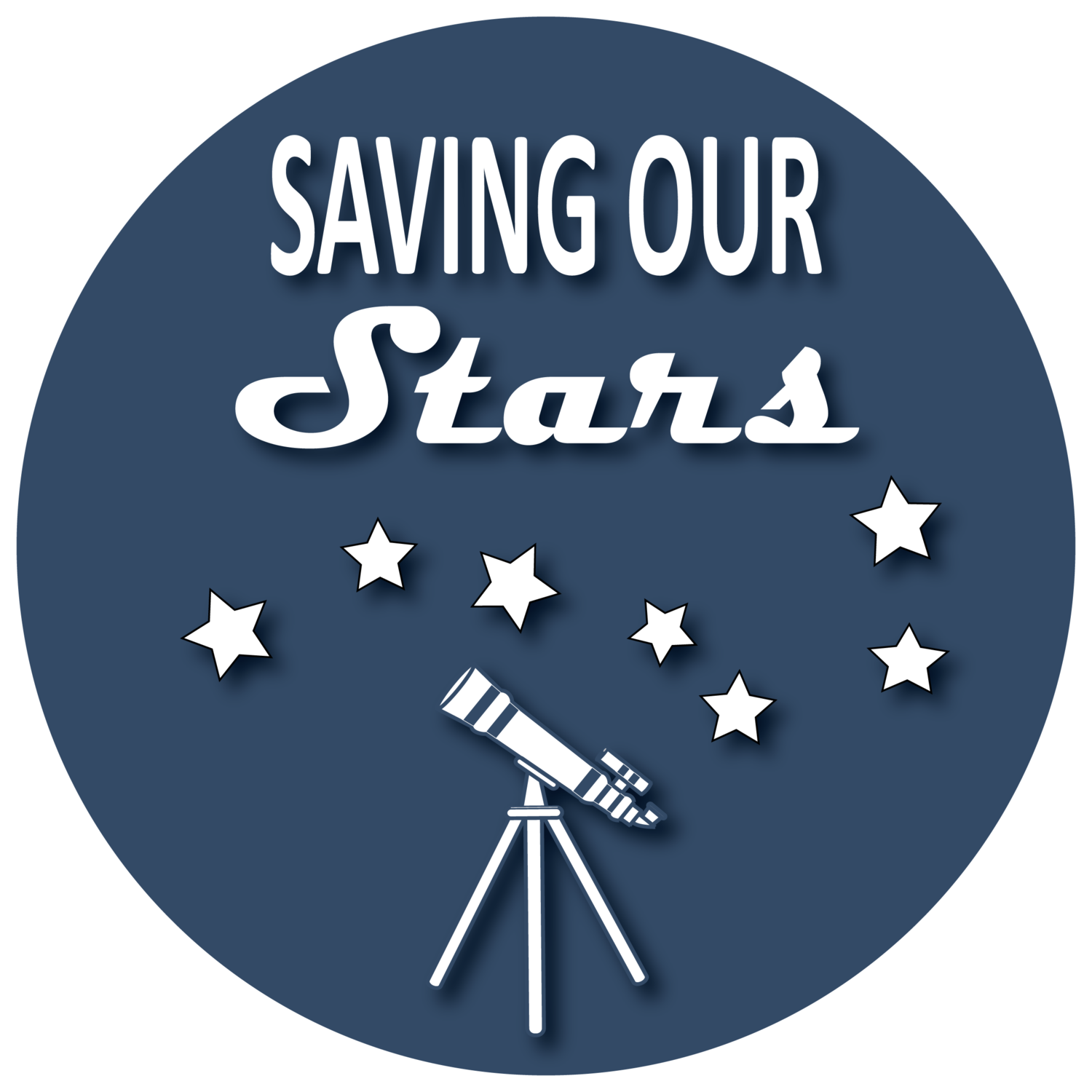
Partner
| Stars4All: Nachhaltig Beleuchten is member of the Stars4All, a European network of actors, initiatives and projects on lightpollution. Here you will find initiatives on education, citizen science, politics, dokumentation, and research.
|

|
| Nachhaltig Beleuchten works in coperation with the interdisziplinary research network Verlust der Nacht, in which nature scientists, social scientists and engineers study the reasons as well as the ecological, health-related, cultural and socio-economical consequences of artificial light. This research is used to create solutions for modern lighting concepts and sustainably technologies. |

|
| Verlust der Nacht is coordinated at the Leibniz-Institute for Freshwater Ecology and Fisheries in Berlin-Friedrichshagen.
|

|
| Verlust der Nacht is the initiator of the european Loss of the Night Network (LoNNe), which connects partners from 18 countries in their scientific work on light pollution.
|

|
| Communication designer Michael Melchinger is my partner for graphical realisation and design.
|

|
Links
A number of organisation works on and against light pollution. Check out their pages for more information:
Organisations and projects to fight light pollution.
Please check out the German version of this page for additional German websites.
| International Dark Sky Association (IDA): The leading organisation on light pollution. This page offers lots of information on light pollution, advice for better lighting and ideas for own actions.
|
| Saving Our Stars: Website of a dedicated private campaigner full of impressive photos, information, ressources and advice about light pollution. A special treat are the outreach photos that cover different topics of light pollution and astronomy for beginners.
|

|
| Softlight Houston Lots of impressive picture of outdoor lighting.
|
Blogs on light pollution
| Darkness 4 All: Blog by Andreas Jechow on his Stars4All initiative. His mission is "Searching for true nocturnal darkness in Europe: pristine nightscapes where clouds still darken the night sky".
|
| La Palma Lightpollution: Blog of a physicist and science writer on the situation in La Palma, home of the Observatorio Roque de los Muchachos with reporst on the ongoing fight to keep La Palma skies dark.
|
Citizen science projects on light pollution
| Globe at Night: Get out into the night and count stars! At certain nights of the year, Globe at Night invites people to look at a certain star constellation and mark how many of the stars they can see on a chart. These information are used to create worldwide maps of sky brightness. Starting in 2006, maps show the change in light pollution. The data base is free access, so researchers worldwide can use the data to find out how artficial light influences wildlife, health, crime, energy consumption and many other factors. You can report your data with your computer or use the Globe at Night webapp. The page also provides material for teaching about light pollution.
|
| Loss of the Night: Since 2013, Globe at Night is supported by the Loss of the Night app. The user is directed by the smart phone to a star and reports if he can see this star or not. After looking for at least 8 stars, you can send your measurements to the open access database. As in Globe at Night, data are used to create maps of light pollution. On the webpage, you can check your own measurements, look at the maps or read the blog by Christopher Kyba, one of the leading scientists on light pollution.
|

|
| Cities at Night: For those you can't get out to see the night sky, Cities at Night is the perfect app. On your computer, you classify pictures taking from the space station or other vessels and identify photos of cities. These cities need to be identified and the pictures are geo-referenced. The project works on three levels, so you can decide how deep you want to go into it. And you don't need much time, because classifing a picture takes only seconds and you can do some in between to relax. Be open for surprises: some of those pictures are simply amazing.
|








